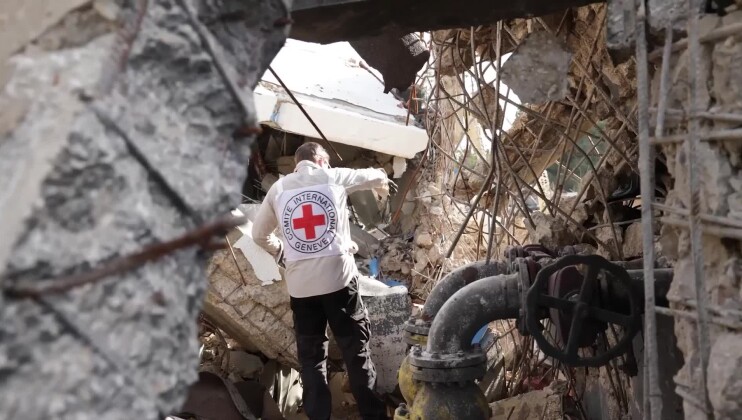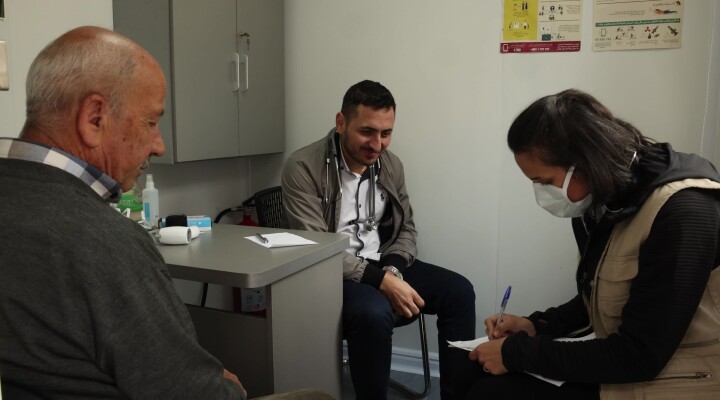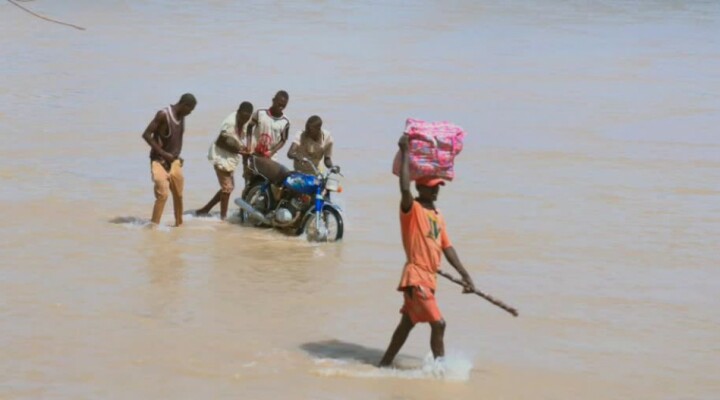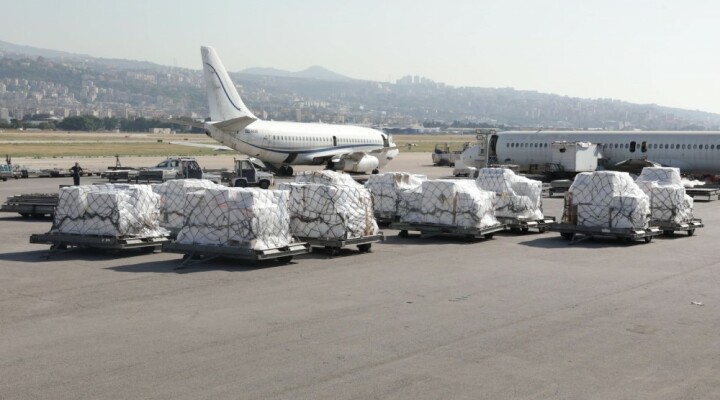Day of Disappeared 30 August: The Missing in Nepal
Seven years after the end of the conflict between the Maoists and the government of Nepal more than 1,360 people are still reported missing by their families.
More than 15,000 people lost their lives in the ten year conflict between 1996 and 2006.
In November 2001, 20 young men left their homes in Dhading district in central Nepal to work on an airport runway in Kalikot in mid-western Nepal. Three months later, the radio reported that 17 labourers from Dhading had been killed.
Sankha Bahadur Gurung remembers: "The whole village was buzzing with the bad news. Part of us believed it had happened and part of us believed it hadn't. How could they die? They were young and healthy. Deep inside, I hoped that some had escaped."
The families were never officially informed about their deaths. Under International Humanitarian Law, families of the missing have the right to know the fate of their loved ones.
In 2010, the ICRC with the Nepal Red Cross and other non-governmental organisations launched a programme providing psychological, economic, legal and administrative support to the families of the missing in Nepal.
The unresolved status of the missing can complicate inheritance and property issues and even the custody of children.
After learning that the bodies of their loved ones had been buried in Kotbada village in the district of Kalikot, the families set out in November 2012 to pay their respects.
After a long journey, the families arrived at the site where local villagers had buried the bodies near a dry stream. The families performed ritual remembrance ceremonies. Some of them took a handful of earth back with them to their villages.
Dhan Maya Chepang said: "We needed to do so. It is not good to always live with uncertainty".
With the help of the ICRC programme, the families are planning to establish a community centre in memory of their loved ones.
Life though, particularly for the widows in the village who have lost a main breadwinner, remains hard.
Buddhisara BK explains: "Because of this situation, we face discrimination from other villagers. If he was here, maybe there wouldn’t be such discrimination against us. Discrimination comes not only from the villagers but from the family too."
Shotlist
Location: Nepal
Length: 6:15
Format: Mpeg2 / 16:9 anamorphic / HD
Production: Arnaud Galent, Dev Raj Limbu, Claire Doole
Camera: Bishnu Kalpit
Sound: Nepalese
ICRC ref: AV105N
Date: November 2012
Copyright: ICRC access all
00:00 Panoramic shots of Dhading district, Nepal
00:23 SOUNDBITE (in Nepalese): Sankha Bahadur Gurung (his two sons were among the 17 labourers)
"On the radio a member of parliament for Kalikot district announced that 17 labourers from Jogimara had been killed in Kalikot. After the announcement all the village knew about it. The news spread all around: 'The 17 people who went to Kalikot are no more.' We had no clue what had happened. The whole village was buzzing with the bad news. Part of us believed it had happened and part of us believed that it hadn't. How could they die? They were young and healthy. They were not sick. They just went to work as labourers. If they were killed, how were they killed? If some had been killed, some might have escaped. Deep inside, I hoped that some have escaped."
01:17 SOUNDBITE (in Nepalese): Buddhi Bahadur Chepang (his brother was among the 17 labourers)
"They said they were killed but we had no proof. At least we should have seen the bodies after being told they had been killed. But we were not informed about the bodies. We only heard from a third person they had been killed. So we stayed at home and believed it."
01:32 SOUNDBITE (in Nepalese): Gyan Bahadur BK (his two sons were among the 17 labourers)
"Oh son, don’t go so far. Don’t go to such a remote place. But he insisted. He said: I will go. We have a lot of debts because we bought this piece of land. If we take loans, we will have to pay interest. We will earn money and pay it off:"
01:50 Closes up of him and his family
02:05 Daughter and mother of another family
02:20 SOUNDBITE (in Nepalese) Buddhisara BK (her husband was among the 17 labourers)
"Because of this situation, we face discrimination from other villagers. If he was here, maybe there wouldn’t be such discrimination against us. Discrimination comes not only from the villagers but from the family too."
02:30 Families leaving to go to burial site
02:55 INTERVIEW Gyan Bahadur BK (his two sons were among the 17 labourers)
"My son left for a place that I was supposed to reach first. There is nothing more distressing than this. When I will be taken to the cremation ground on the green bamboos I might be able to forget."
03:08 Shots of families walking, getting buses to the burial site
04:32 Arrival in village in Kalikot district where labourers buried.
04:47 Remembrance ceremony
05:52 INTERVIEW Dhan Maya Chepang (her son was among the 17 labourers)
"We returned satisfied. We needed to do so. It's not good to always live with uncertainty".
06:03 Shots of elderly lady and man in the bus returning home
06:15 END



